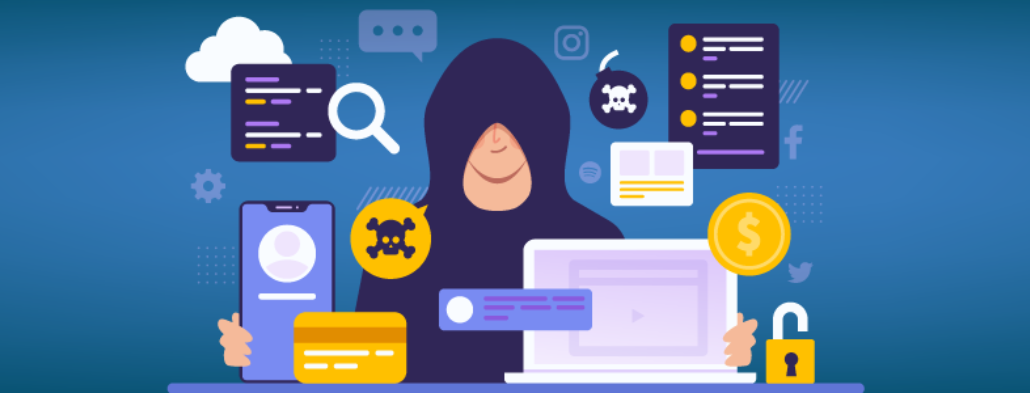We conduct most of our business through emails, and yet they remain one of the weakest links in cybercrimes as they contain a lot of sensitive data. This makes them vulnerable to fraudulent account takeovers, resulting in fraud and a loss of reputation.
Account Takeover Fraud is not just limited to emails but also social media accounts, e-commerce websites, bank or stock portals, deal rooms, or any other corporate intranets/extranets.
When cybercriminals gain unauthorized access, they can use the confidential data of individuals or businesses for illegal purposes like stealing money, take over or take down businesses, or destroying reputations.
Cybercriminals use several strategies to get into individuals’/corporates’ accounts and profiles to acquire confidential information. It’s critical to have a solid understanding of these strategies to shore up your defenses.
Cybercriminals can use sensitive information to commit financial frauds like transferring the money to their own accounts or make unauthorized purchases.
They can also misuse private data to engage in identity theft, or use the data to conduct bigger scams like phishing or ransomware campaigns.
Cybercriminals engage in other nefarious activities. They may use stolen accounts to send spam emails or phishing messages to the victim's contacts. This can spread malware, gather additional account credentials, or perform man-in-the-middle attacks. Furthermore, they may sell these accounts to other fraudsters who can exploit them or use the data for other illegal activities.
Early detection of account takeover fraud is essential to reducing possible harm. Keep a close eye on your accounts to spot any strange transactions, modifications to your personal data, or efforts at unauthorized access. Keep an eye out for any questionable conduct and report it right away.
Additionally, check if your contacts receive spam emails or messages from your account. It's a strong indication of unauthorized access. Keep an eye on any modifications to your account settings, such as changes in contact information, security questions, or linked devices. These alterations could signal an account takeover.
Sudden, unexplained transactions, withdrawals, or purchases on your accounts can indicate that fraudsters have gained control. Be aware of unfamiliar login locations, devices, IP addresses, or notifications about multiple failed login attempts or account lockouts. These may indicate a malicious takeover attempt.
One more essential thing to check for is whether important emails have disappeared from your account without your knowledge.
Here are some strategies you must adopt.
We anticipate AI to eliminate repetitive tasks in this age of technology and automation. You will be able to concentrate on becoming an authority in your field as a result.
Installing reputable email security software is advised to identify and stop fraudsters from accessing your accounts. You must also keep up with the latest developments in cybersecurity tools. Choose one that provides protection, prevention, and pre-emption of potential threats. Tools with real-time alerts and high-end fraud detection are best suited for maintaining the e-security of your business.

Phishing | Email Security

Data Breach | Email Security

Social Engineering Attacks | Email Security